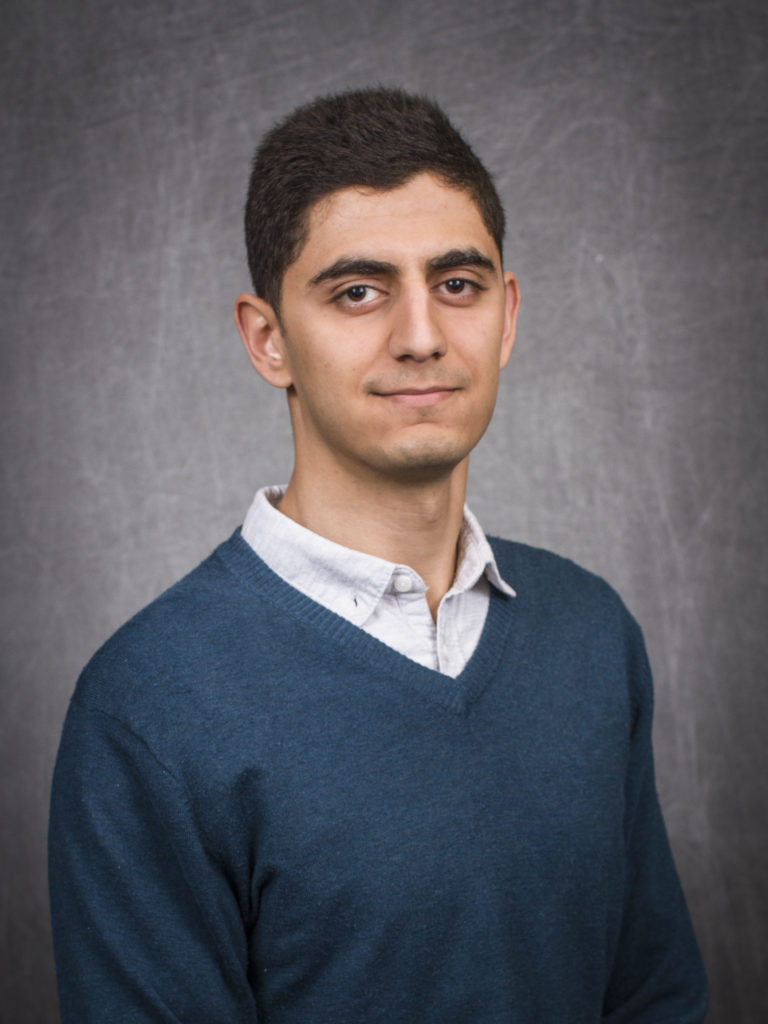FURI | Spring 2020
Aerodynamically Optimal Nose Cone Geometry for Supersonic Flight at Varying Altitudes
Supersonic flight poses significant challenges on rockets designed for maximum range. The HELIOS Rocketry at ASU aims to be the first student-led university organization to launch a rocket to the Kármán line. To increase the aerodynamic efficiency, a variety of nose cone shapes have been proposed. This research numerically assesses the proposed nose cone geometries for aerodynamic drag during vertical and angled launch. Also, thermal characteristics of the nose cone surface are studied for different geometries. Simulation data will be utilized to support and improve the launch campaigns, for instance, by proposing surface material that is aerothermodynamically optimal.
Student researcher
